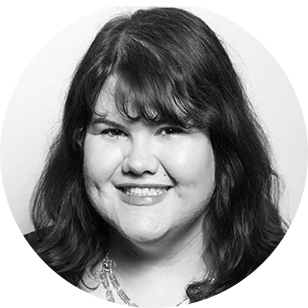The K-1 visa used by Tashfeen Malik to enter the U.S. under scrutiny
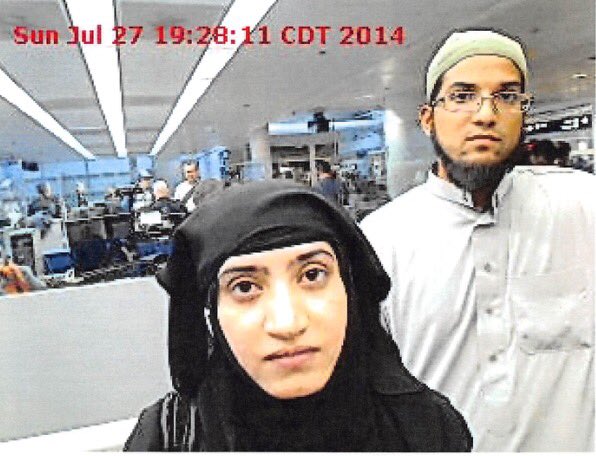
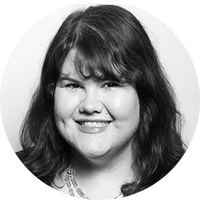
United States visa programs are being scrutinized following last week's shooting in San Bernardino, California, and one immigration scholar says the visa issued to one of the shooters is a relatively rare way for a Muslim to enter the U.S.
Tashfeen Malik received a K-1 visa, a type of visa used by individuals who plan to marry U.S. citizens. "In conservative societies, there will be less usage of the K-1 as there is an expectation that the couple need to be married before they live together," Cyrus Mehta, a New York attorney who teaches immigration law, told The Wall Street Journal. In 2014, the U.S. issued 35,925 K-1 visas, with four going to people in Saudi Arabia and 519 to people in Pakistan. Immigration experts also say that as long as people have a clean record at the time of their vetting, it will be impossible to determine if they want to enter the U.S. for nefarious reasons; last week, Sen. Lindsey Graham (R-S.C.), a Republican presidential candidate, said he was "worried" about terrorists arranging marriages with Americans in order to enter the U.S.
In the case of Malik, her husband, fellow shooter Syed Farook, submitted the K-1 visa application, and the Department of Homeland Security vetted Malik against national security and law enforcement databases, WSJ reports. The U.S. Citizenship and Immigration Services unit was charged with making sure the relationship between Malik and Farook was valid, and after the petition was approved, Malik was fingerprinted and Pakistan issued the visa that permitted Malik to come to the United States. On July 27, 2014, Malik was admitted to the U.S. at O'Hare International Airport in Chicago, and in August, Malik and Farook were married in Riverside County, California. She filed for legal residency a few weeks later, and background and security checks by the U.S. Citizenship and Immigration Services and FBI did not find any negative information. She received a conditional green card on July 23.
The Week
Escape your echo chamber. Get the facts behind the news, plus analysis from multiple perspectives.

Sign up for The Week's Free Newsletters
From our morning news briefing to a weekly Good News Newsletter, get the best of The Week delivered directly to your inbox.
From our morning news briefing to a weekly Good News Newsletter, get the best of The Week delivered directly to your inbox.
A free daily email with the biggest news stories of the day – and the best features from TheWeek.com
Catherine Garcia has worked as a senior writer at The Week since 2014. Her writing and reporting have appeared in Entertainment Weekly, The New York Times, Wirecutter, NBC News and "The Book of Jezebel," among others. She's a graduate of the University of Redlands and the Columbia University Graduate School of Journalism.
-
 Film reviews: ‘Marty Supreme’ and ‘Is This Thing On?’
Film reviews: ‘Marty Supreme’ and ‘Is This Thing On?’Feature A born grifter chases his table tennis dreams and a dad turns to stand-up to fight off heartbreak
-
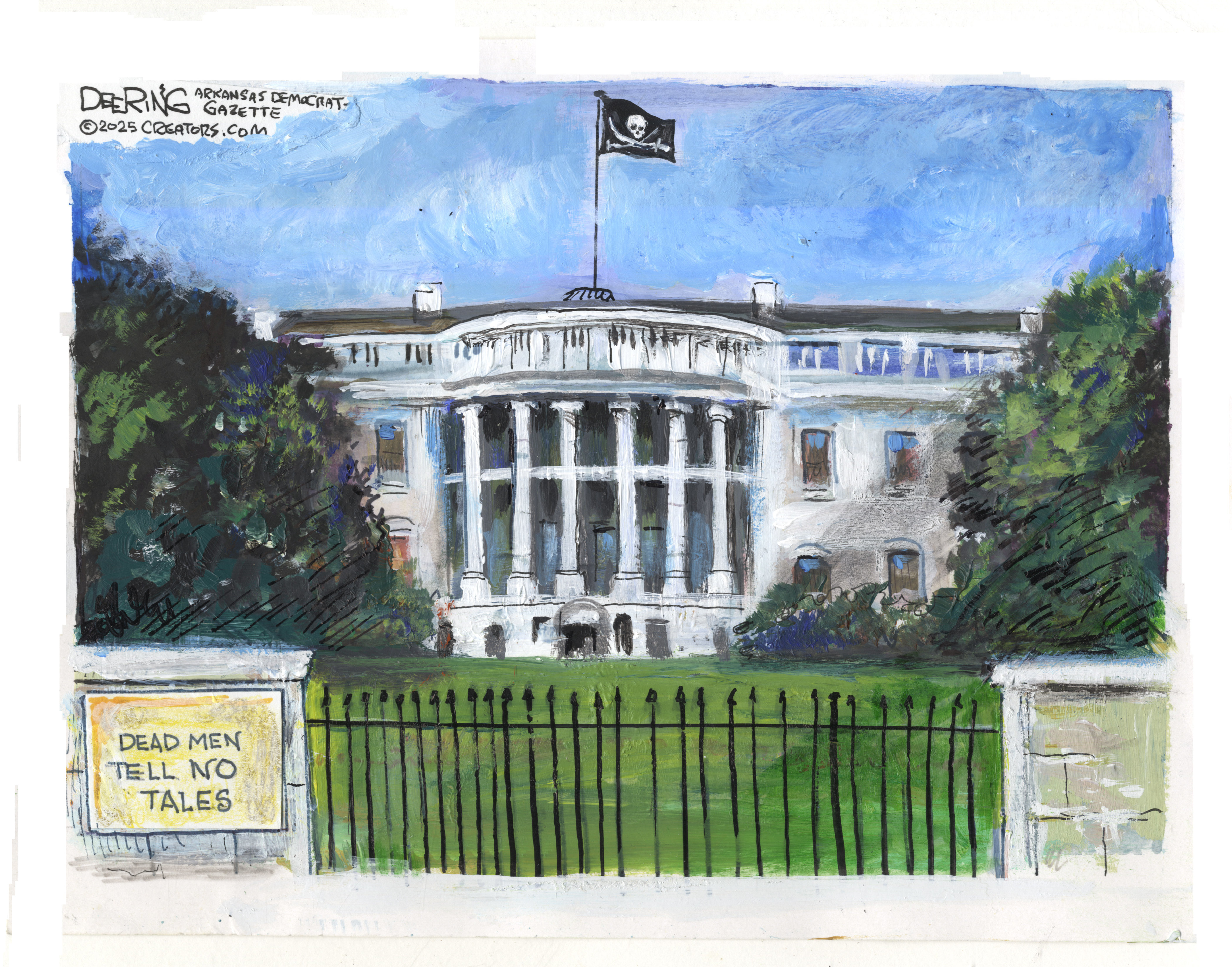 Political cartoons for December 14
Political cartoons for December 14Cartoons Sunday's political cartoons include a new White House flag, Venezuela negotiations, and more
-
 Heavenly spectacle in the wilds of Canada
Heavenly spectacle in the wilds of CanadaThe Week Recommends ‘Mind-bending’ outpost for spotting animals – and the northern lights
-
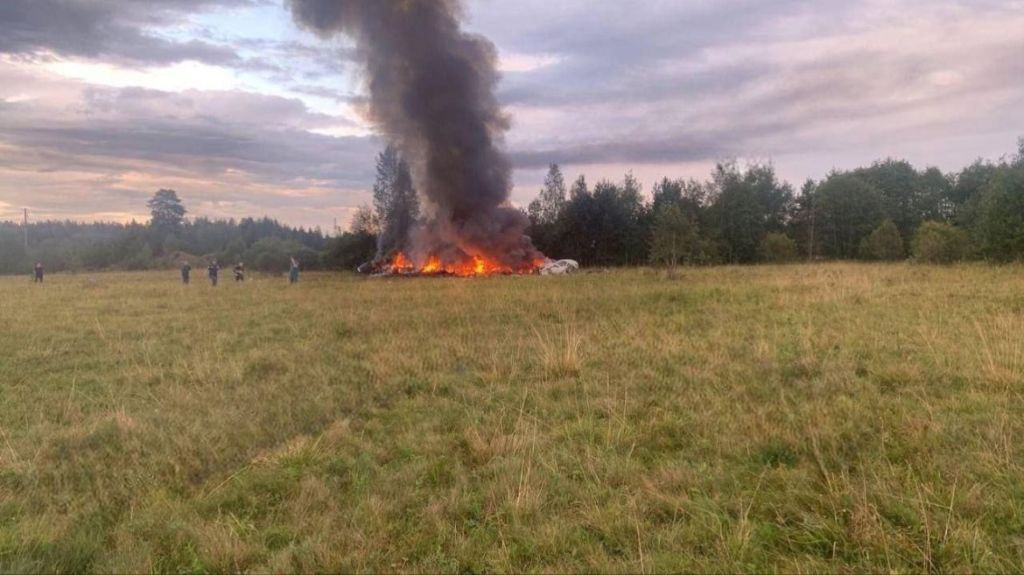 Nobody seems surprised Wagner's Prigozhin died under suspicious circumstances
Nobody seems surprised Wagner's Prigozhin died under suspicious circumstancesSpeed Read
-
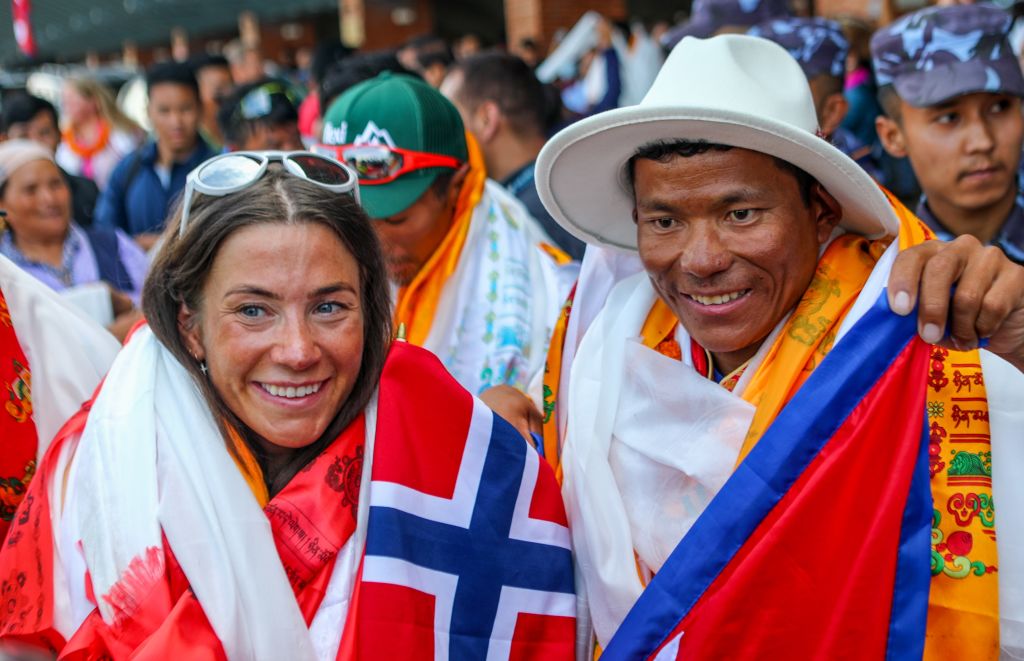 Western mountain climbers allegedly left Pakistani porter to die on K2
Western mountain climbers allegedly left Pakistani porter to die on K2Speed Read
-
 'Circular saw blades' divide controversial Rio Grande buoys installed by Texas governor
'Circular saw blades' divide controversial Rio Grande buoys installed by Texas governorSpeed Read
-
 Los Angeles city workers stage 1-day walkout over labor conditions
Los Angeles city workers stage 1-day walkout over labor conditionsSpeed Read
-
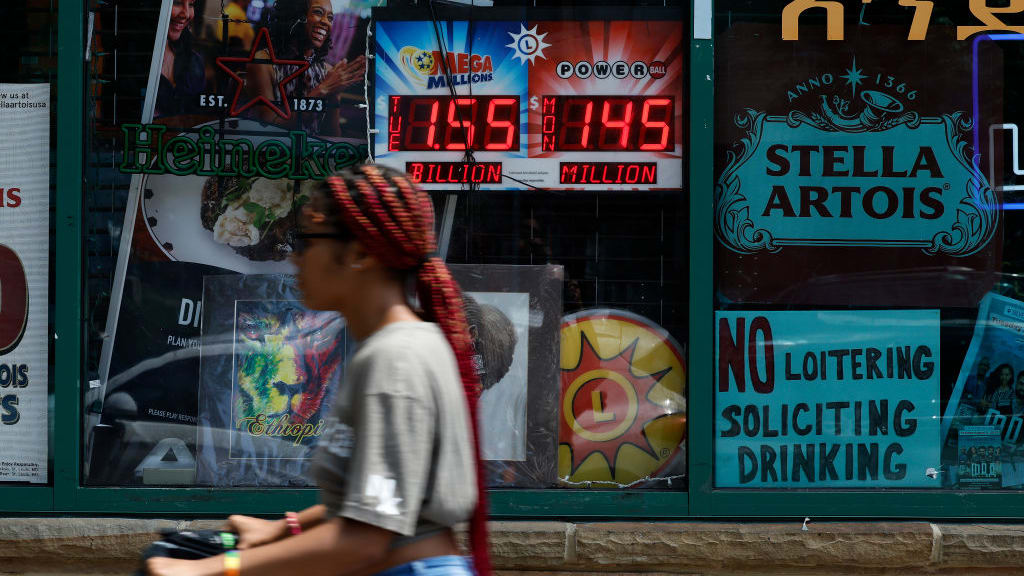 Mega Millions jackpot climbs to an estimated $1.55 billion
Mega Millions jackpot climbs to an estimated $1.55 billionSpeed Read
-
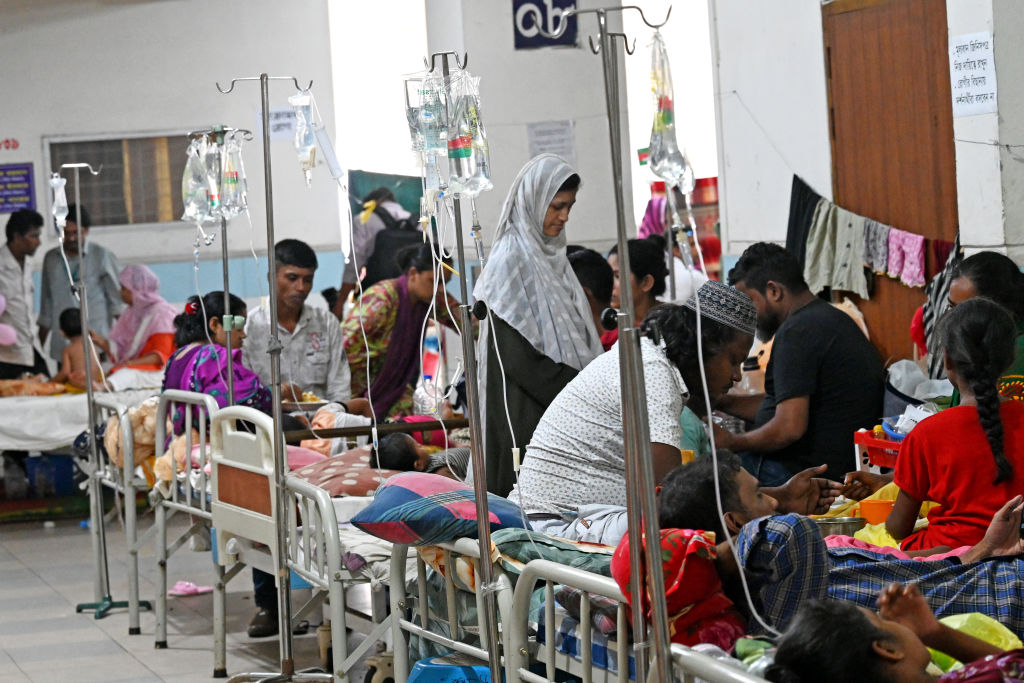 Bangladesh dealing with worst dengue fever outbreak on record
Bangladesh dealing with worst dengue fever outbreak on recordSpeed Read
-
 Glacial outburst flooding in Juneau destroys homes
Glacial outburst flooding in Juneau destroys homesSpeed Read
-
 Scotland seeking 'monster hunters' to search for fabled Loch Ness creature
Scotland seeking 'monster hunters' to search for fabled Loch Ness creatureSpeed Read
